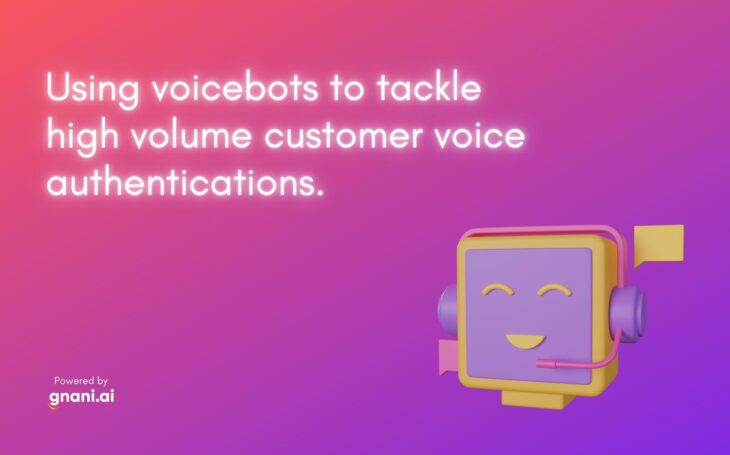
In recent years, the use of voicebots has increased in popularity as a means of customer authentication. This is due to the fact that voicebots are able to handle high volumes of customer authentications without the need for human intervention.
This is especially beneficial for organisations that receive a large number of customer calls on a daily basis. By using voicebots to handle customer authentications, organisations can free up their customer service agents to focus on other tasks.
There are a number of different ways in which voicebots can be used to tackle high-volume customer authentications. In this article, we will explore some of the most popular methods.
Method 1: Using a Single Voicebot
One way in which voicebots can be used to tackle high-volume customer authentications is by using a single voicebot to handle all of the authentication requests. This voicebot would be responsible for authenticating the customer’s identity and then passing on the authentication request to the relevant human agent.
Method 2: Using Multiple Voicebots
Another way in which voicebots can be used to tackle high-volume customer authentications is by using multiple voicebots to handle different aspects of the authentication process. For example, one voicebot could be responsible for handling the initial customer greeting and another voicebot could be responsible for conducting the actual authentication process.
This would allow organisations to divide up the work between multiple voicebots, which would help to improve efficiency and reduce customers’ wait times.
Method 3:Using a Hybrid Approach
A third way in which voicebots can be used to tackle high-volume customer authentications is by using a hybrid approach. This involves using both human agents and voicebots to handle different aspects of the authentication process.
For example, the initial customer greeting could be handled by a human agent, while the actual authentication process could be conducted by a voicebot. This would allow organisations to take advantage of the strengths of both human agents and voicebots.
Voicebots are being used more and more to tackle high-volume customer voice authentications. They offer a fast, convenient and secure way to verify identities, with many organizations now using them as their primary method of authentication.
However, with the increase in the use of voicebots comes an increase in the risk of fraudsters using them to exploit vulnerabilities. In this blog post, we’ll explore some of the ways that fraudsters are using voicebots to exploit customers, and how you can protect yourself against these attacks.
Fraudsters are using voicebots to exploit customers in a number of ways.
- One common tactic is to record a user’s voice during a phone call or conversation and then use that recording to impersonate the user when interacting with a voicebot. This allows the fraudster to bypass security checks and access sensitive information or account features.
- Other tactic fraudsters are using is “spoofing”, where they use artificial intelligence (AI) to generate a synthetic voice that imitates a real person’s voice. This can be used to trick voicebots into thinking the fraudster is the legitimate user and allow them to access sensitive information or account features.
To protect yourself against these attacks, it’s important to use a strong authentication method that can’t be easily bypassed or spoofed. Two-factor authentication (2FA) is a good option, as it requires the user to provide two forms of identification (usually something you know, like a password, and something you have, like a physical token or your fingerprint). If you’re using a voicebot for authentication, make sure to enable 2FA and choose a reputable provider that offers robust security features. Also, be sure to train your staff on how to spot these attacks and what to do if they suspect someone is trying to fraudulently access their account.
Voicebots are a convenient and secure way to verify identities, but they need to be used with caution. By following the tips above, you can help protect yourself and your organization from voicebot-related fraud. There are a number of different ways in which voicebots can be used to tackle high-volume customer authentications. In this article, we have explored three of the most popular methods. By using voicebots to handle customer authentications, organisations can free up their customer service agents to focus on other tasks.
Following these tips can help you use voicebots safely and protect yourself from fraudsters who are looking to exploit vulnerabilities. With the increase in the use of voicebots, it’s important to be aware of the risks and take steps to protect yourself.
Have you ever used a voicebot for authentication? Let us know in the comments below.
Thanks for reading!




